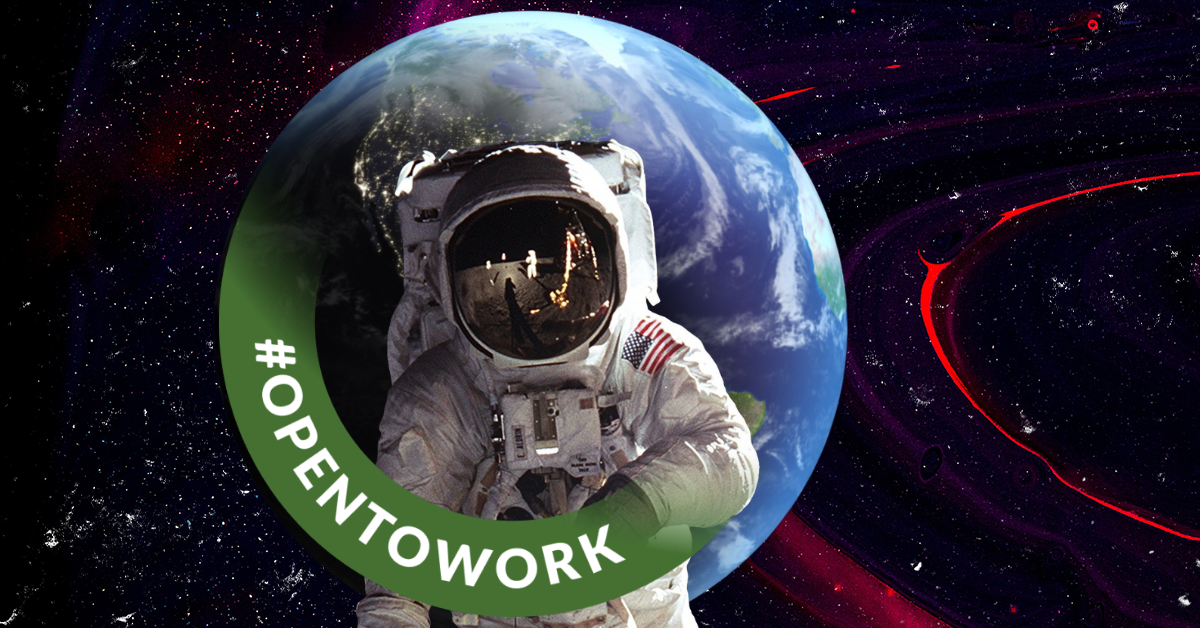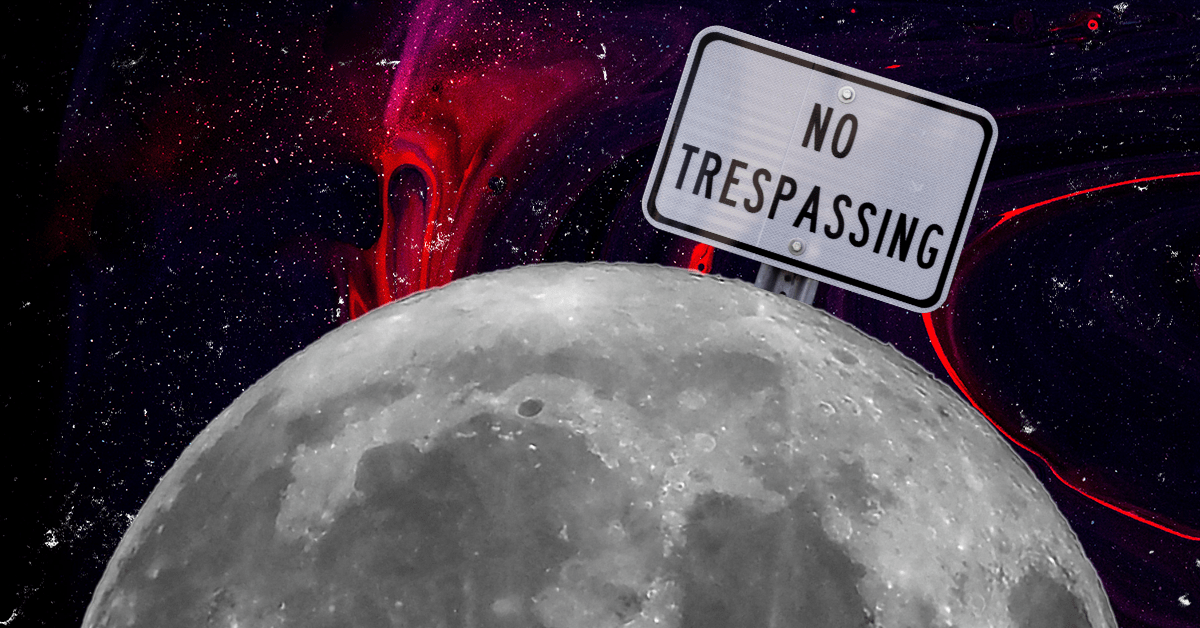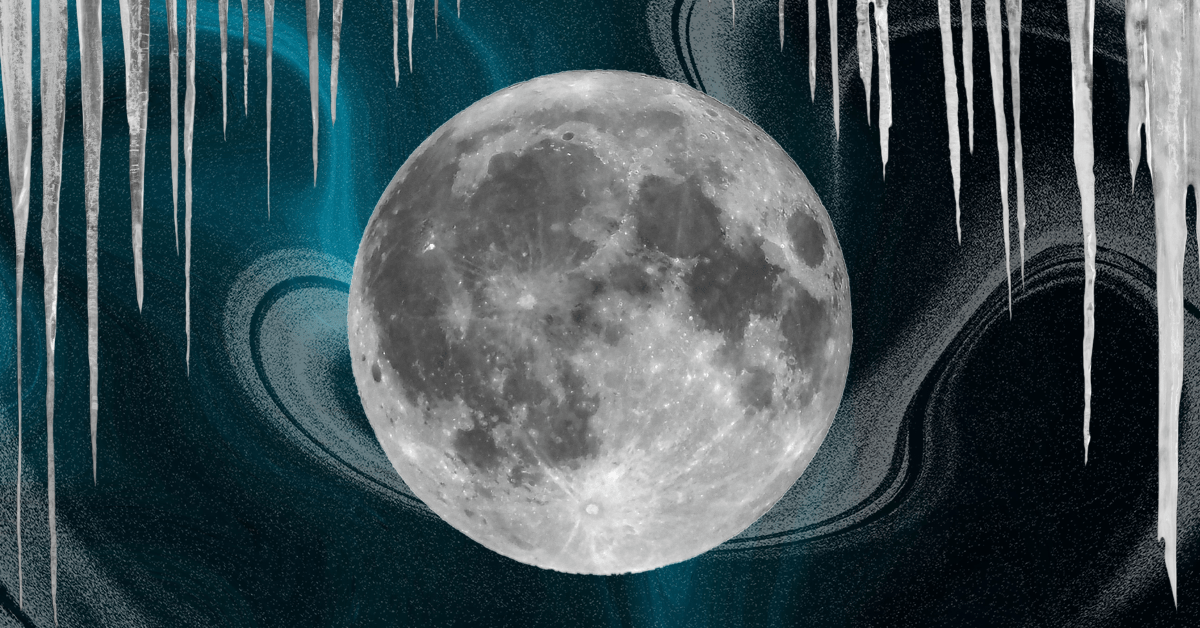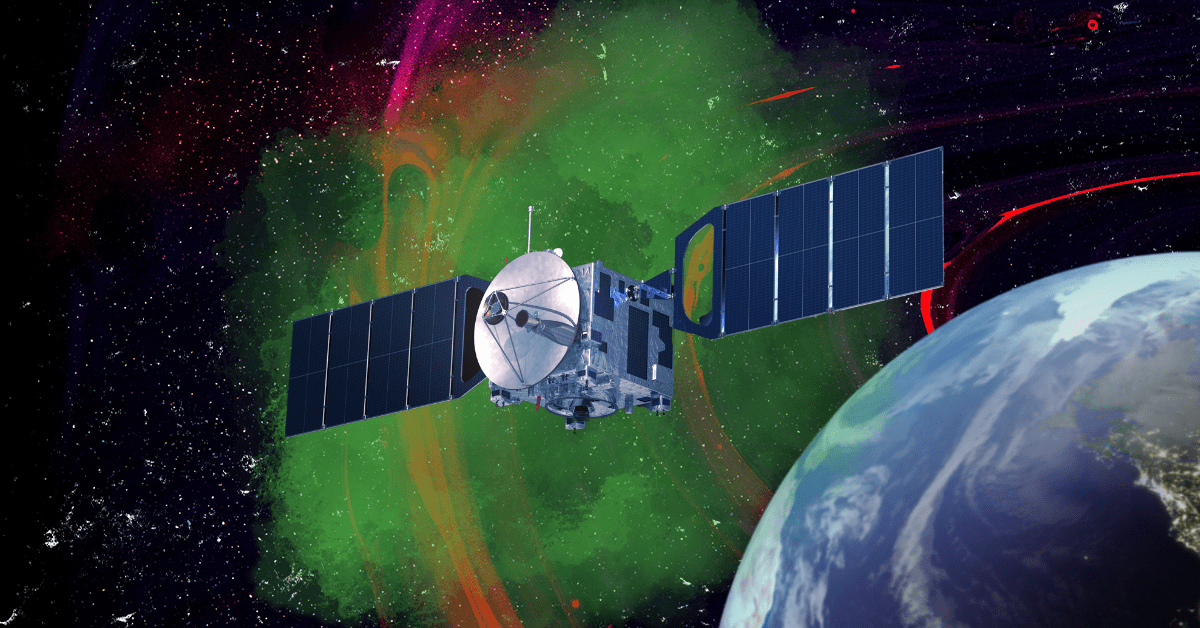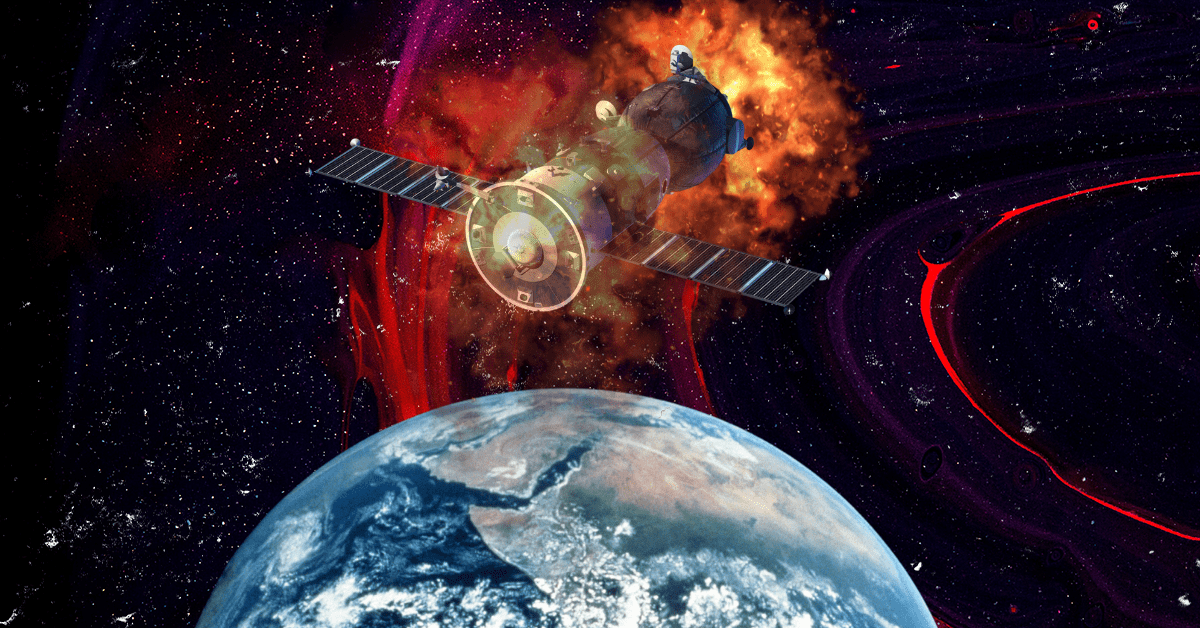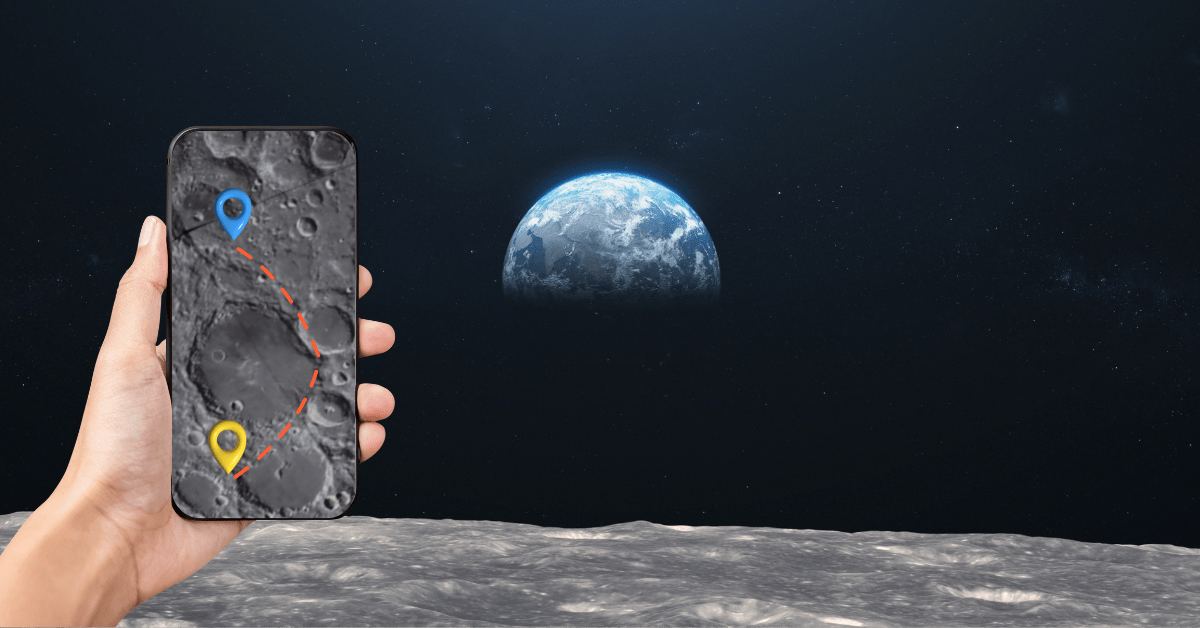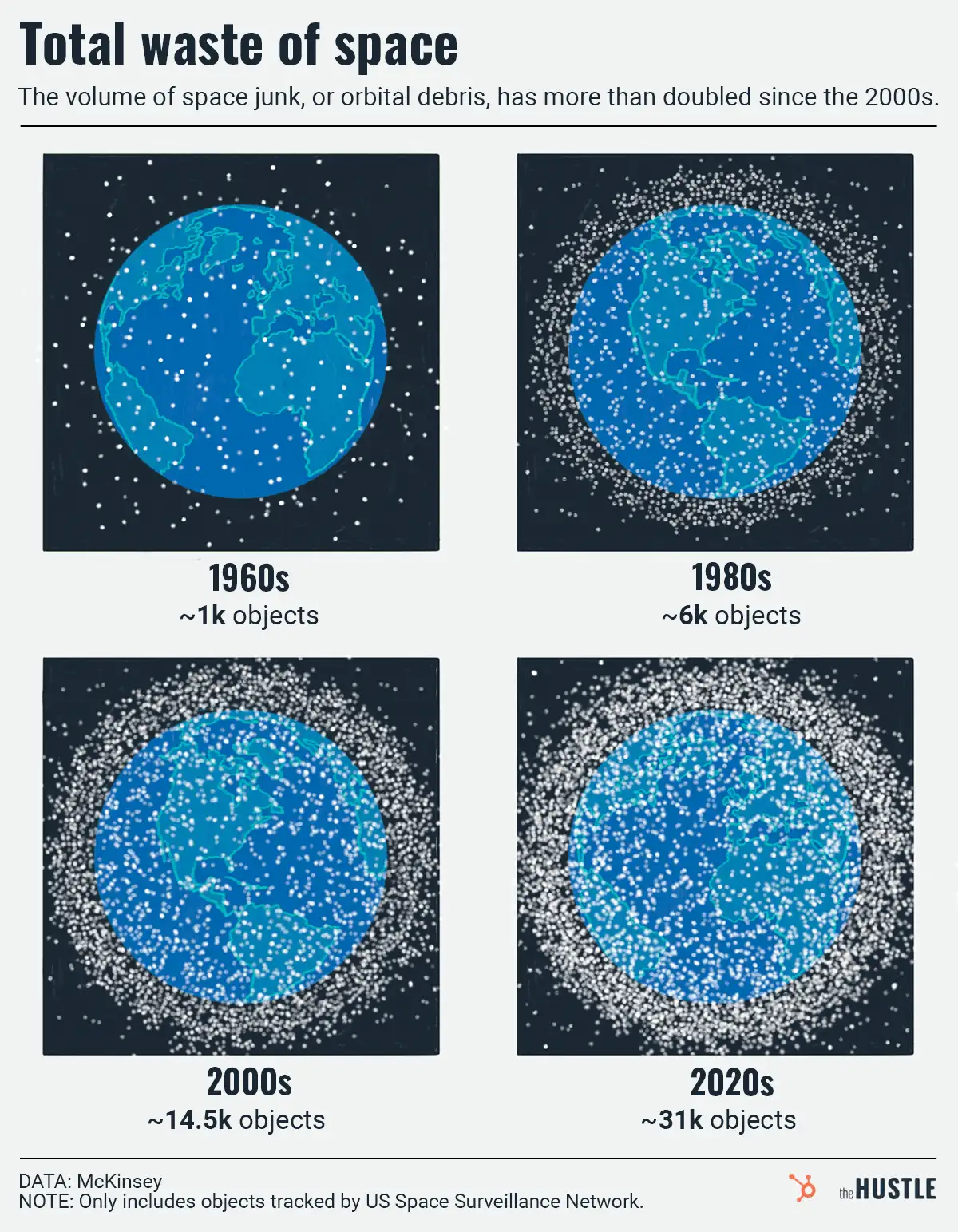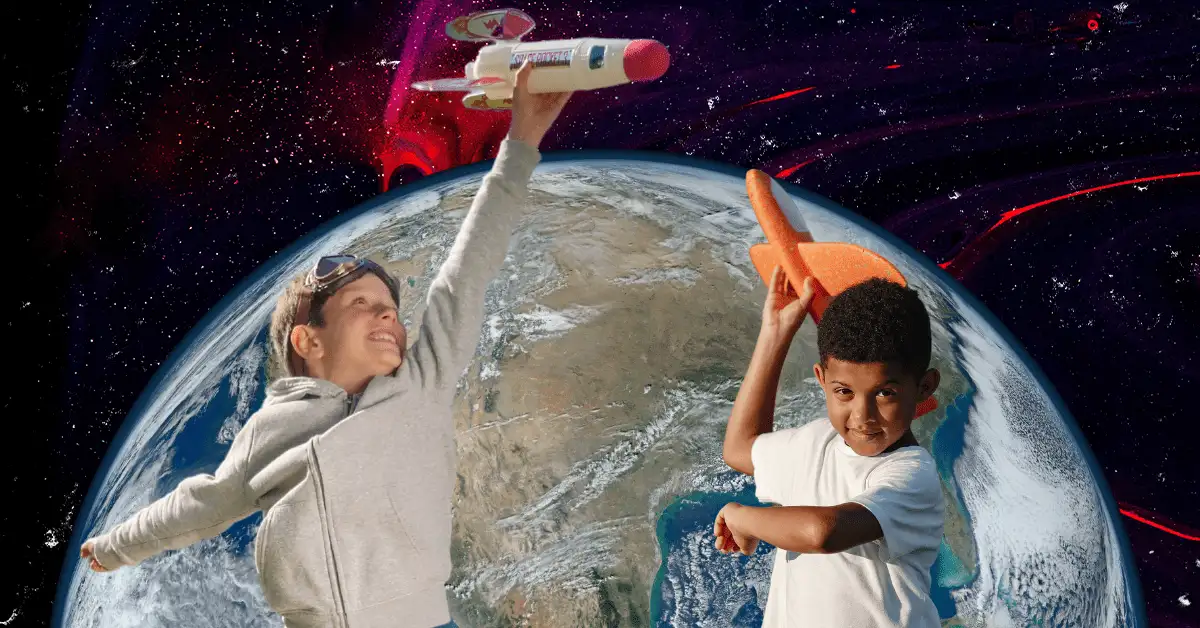“Space junk” is a big problem that won’t go away, even once it starts falling on us, and all that clutter in our celestial attic is causing problems for astronomers.

As it turns out, it’s hard to observe space when there’s a bunch of stuff in the way.
It’s about to get worse…
A company called AST SpaceMobile recently deployed five satellites named BlueBird, each of which is 693 square feet when fully unfolded.
- That wingspan makes them the largest commercial communications arrays in orbit, per Gizmodo.
- The company’s satellites are brighter than everything but Venus, Jupiter, our moon, and seven actual stars.
- Fully deployed, they’re visible to the naked eye.
An ominously named startup called Make Sunsets is cutting right to the chase by blocking out the sky entirely.
- The company aims to combat climate change by releasing sulfur dioxide into the air to reflect sunlight away from the planet.
- Many detractors have called out problems with this (have you seen Snowpiercer?), including the fact that it would block out the sky.
- There are weirder solutions: Remember space umbrellas?
Then there’s Starlink, a fixture of space drama, which has so many satellites in orbit that they’re blocking radio signals.
- Forget seeing, that makes it hard to detect nonvisible things, like black holes.
- Interference from the thousands of satellites in orbit, ~6k of which are Starlink’s, could also make it harder to track asteroids and other objects that those of us on Earth would really prefer to avoid.
And that’s just some of what’s blocking our view
As of 2021, there were 10k+ space-centric companies, and while they’re not all launching stuff into the final frontier, the average number of annual launches has nearly doubled over the last decade.
Barring some intervention, there will come a point when it is genuinely hard to see the stars. Our solution? Start putting some nice bay windows on existing satellites.
Space

